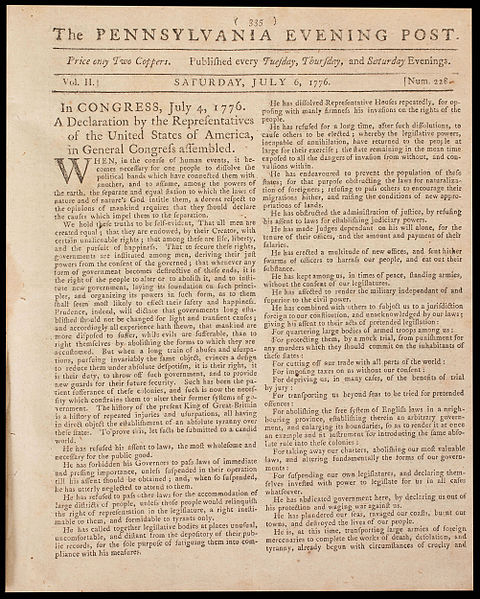Samuel Green was an early American printer, the first of several printers from the Green family who followed in his footsteps. One of Green's major accomplishments as a printer was the Eliot Indian Bible, translated by the missionary John Eliot, typeset by James Printer, which became the first Bible to be printed in British America in 1663. Members of his family who also became printers include his sons Bartholomew, Bartholomew Green Jr. and Joseph Dennie. Throughout his adult life Green also served in the Massachusetts Bay Colonial Militia, advancing to the rank of captain later in life.
The Holy Bible Containing the Old and New Testaments, translated into the Massachusetts Indian Language. Printed by Samuel Green and Marmaduke Johnson, Cambridge, Massachusetts, 1663
Early American publishers and printers
Early American publishers and printers played a central role in the social, religious, political and commercial development of the Thirteen Colonies in British America prior to and during the American Revolution and the ensuing American Revolutionary War that established American independence.
A typical printing press of the 18th century. Religious enthusiasm and the great demand for bibles and other religious works is largely what promoted the first printing efforts in the American colonies. Before and during the American Revolution colonial printers were also actively publishing newspapers and pamphlets expressing the strong sentiment against British colonial policy and taxation.
The May 9, 1754 issue of The Pennsylvania Gazette, published in Philadelphia
The Pennsylvania Evening Post was the first newspaper to publish the Declaration of Independence following its unanimous adoption on July 4, 1776, by the Second Continental Congress
In 1939, the United States Postal Service issued a stamp depicting John Day's printing press and commemorating the 300th anniversary of publishing during the colonial era.





